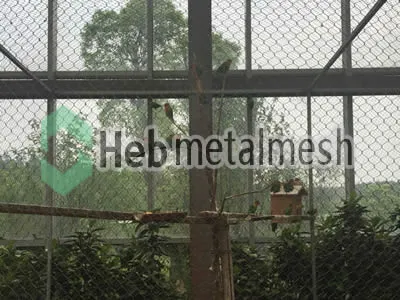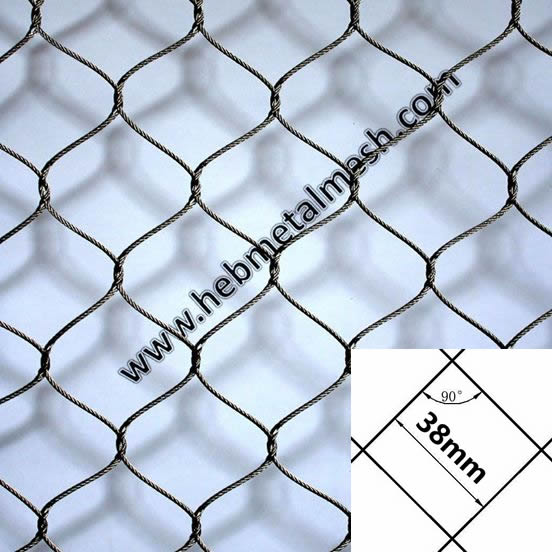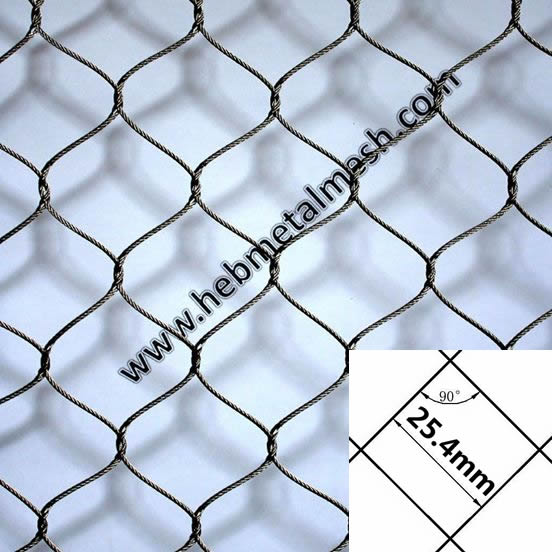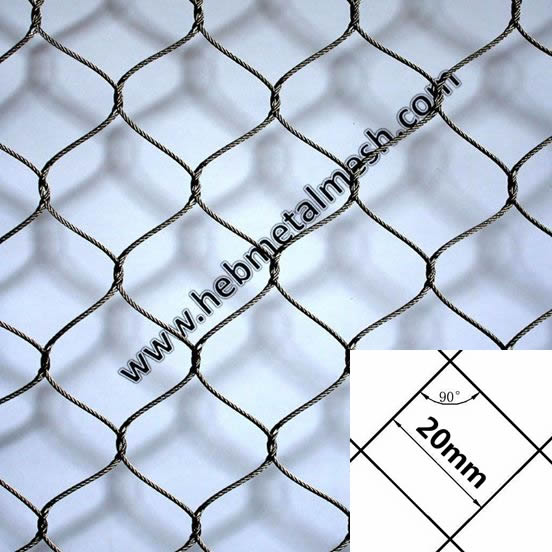Parrots, aviary netting sale, who needs it? When you build your love parrots exhibition, whether at home or at zoos or at bird parks, you need to consider the material – what aviary netting for parrots? use nylon net or use metal netting is well?
Consider material for parrot netting
Firstly consider cost. Nylon aviary netting have more lower cost, and stainless steel parrot aviary netting price is higher. Second consider the strudiness. Obviously, metal material have more superior. Then you can base on your budget to choose suitable products.
Why do you need know our parrot aviary netting
In this paragraph, I’m going to discuss a few reasons people choose our aviary netting, when they have enough budget.
What is handwoven stainless steel mesh?
Just as its name implies, this type of netting material is stainless steel, and production mode is woven by hand. Our parrots aviary netting is all made from handwoven stainless steel mesh, so it is very profitably for you. Firstly, hand-made products seem higher in appearance than other products. Secondly, due to real stainless steel cable made, the mesh will be super stronger, no matter heavy rain, heavy snow, and no matter for your love birds safety. I think this is important. Thirdly, we not only sale fixed dimensions such as 60′ x 25′, or 60′ x 10′, we also supply customized fence panel size, very important, this no any additional charges!
How to choose suitable specification parrots aviary netting?
Firstly, you need to know your lovely parrots minimum size, based on this, to choose cost-optimal. For example, if your parrots only feed Macaw, so you need not choose 1″ hole parrots aviary netting, it’s a waste! The 2″ hole is enough, to hold them. Secondly, choose material. We supply stainless steel 304 for normal environment and stainless steel 316 for severe environment. Generally speaking, 304 is enough for most spaces. Moreover, you can also contact us via email or online help, to get our free suggestions. Our experienced staff can give you a recommended specification.
List some specifications for parrots aviary netting for reference
In this paragraph, I’m going to list some popular choices of successful parrots exhibitions. I highly recommend HM1625 parrots aviary netting, it enough stronger and holes small enough. Unless your aviary has very, very small birds, you can choose HM1220 parrot aviary netting. Of course, we have more specifications, you can see our shop: Zoo mesh, animal fence, bird aviary netting
Who are we?
Finally, I’d like to introduce myself. We are a long years factory in China. We have been producing and selling our handwoven stainless steel mesh for over 20 years around the world. So maybe when you visit a zoo or bird park in the US, Europe, you can see our products. Don’t hesitate, we are online^_^







